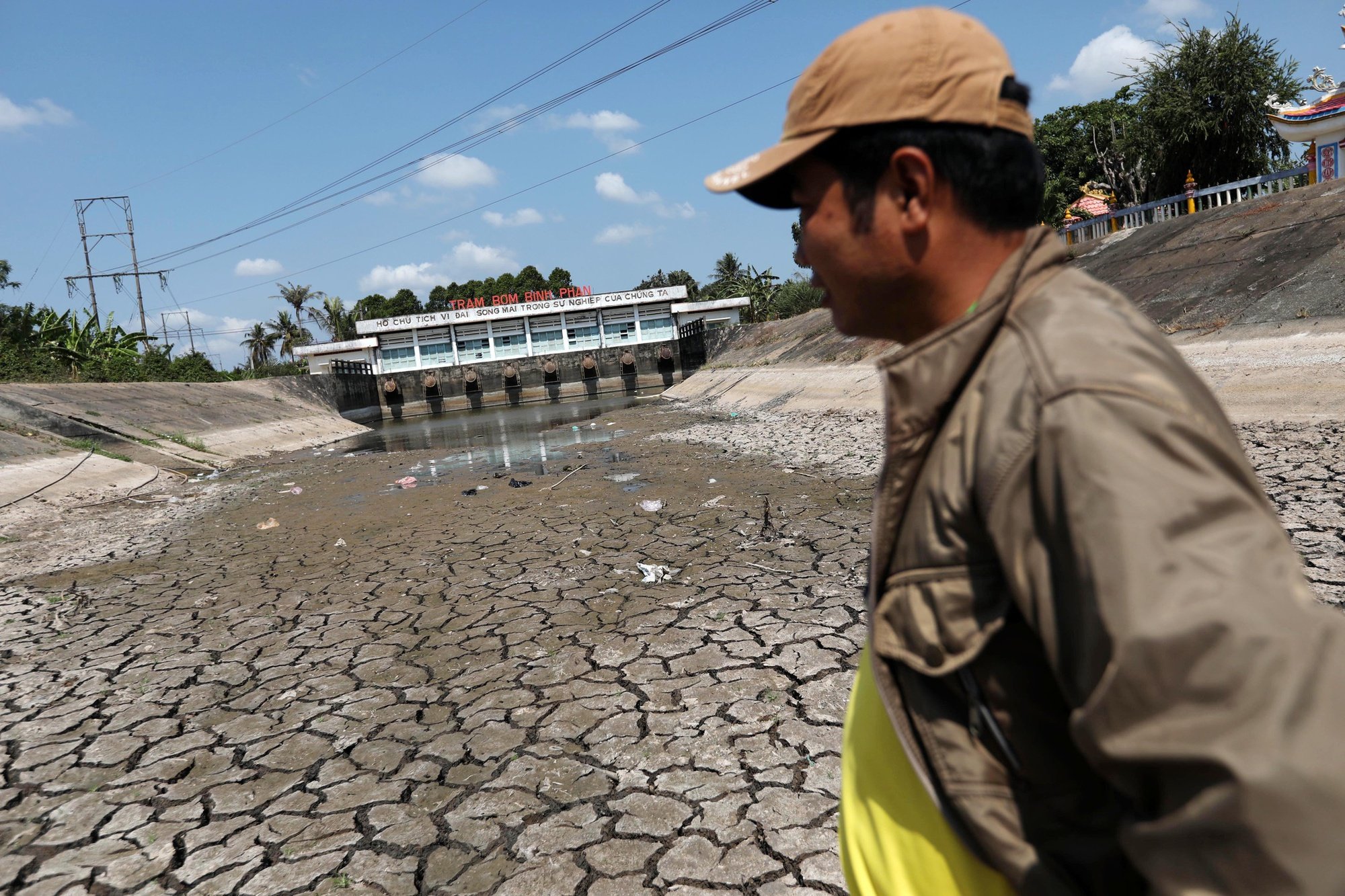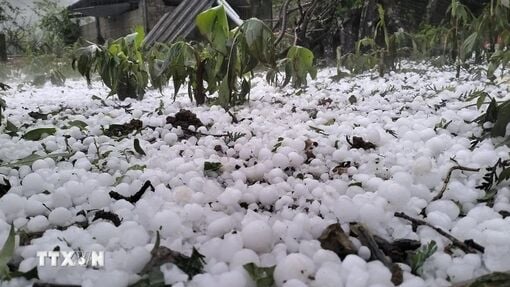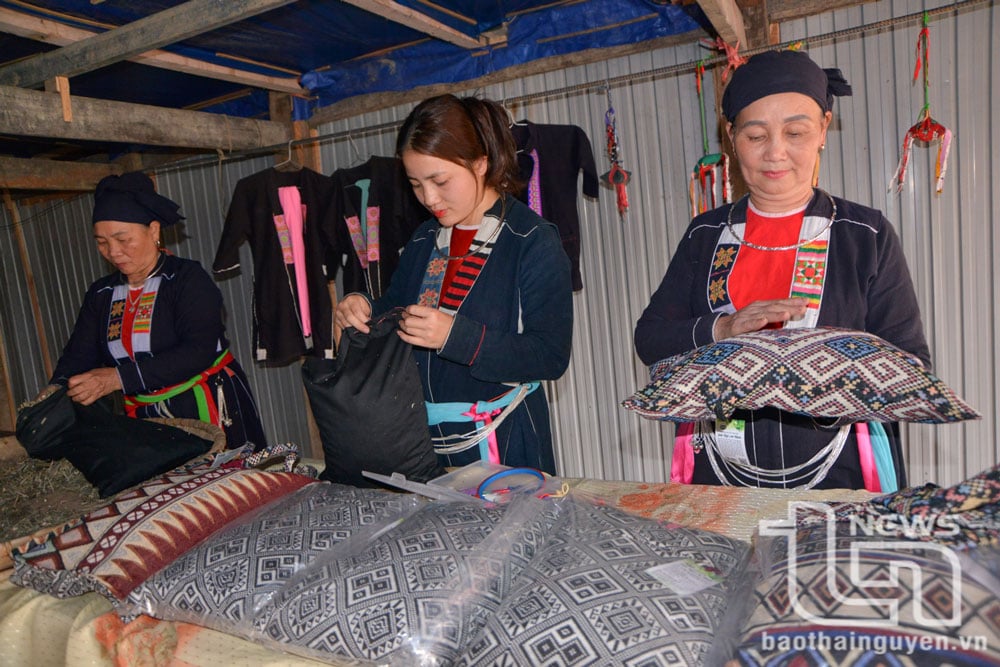According to the National Center for Hydro-Meteorological Forecasting, there is a 90% chance that the El Nino phenomenon will last until March 2024. This will cause hotter and drier weather than the average of many years.

El Nino is likely to last until mid-2024, causing prolonged heat and severe drought and salinity in the Mekong Delta.
Due to the influence of El Nino, in the first three months of 2024, cold air activity is likely to be weaker than the average of many years, so the number of days with severe cold will be lower than the average of many years in the same period. However, it is necessary to be on guard against strong cold spells (especially in January and February) causing widespread severe cold and frost in mountainous areas of the Northern and North Central regions.
On the contrary, heat waves are likely to appear early in the Southern region (concentrated in the East), the Northwestern region, the North and the Central region. The number of hot days in these regions is likely to be higher than the average of many years.
In particular, the Central Highlands and the South are forecast to have little chance of unseasonal rain in the first three months of 2024, so drought may persist during this period.
From January to March 2024, nationwide average temperatures will be about 1 - 1.5 degrees Celsius higher than the average of many years.
After April, the El Nino phenomenon gradually decreased in intensity but is still likely to last until June 2024 with a probability of about 60 - 65%.
Heat waves will continue to occur in the South and Central Highlands in April - May, gradually decreasing by the second half of May and likely ending in June 2024. In the North, heat waves will gradually spread to the East in May - June 2024. Heat waves in the Central region are likely to last for many days in the period from April to June. The number of hot and extremely hot days in 2024 nationwide is likely to be higher than the average of many years. People need to be on guard against severe and extremely severe heat waves, especially in the Northern and Central provinces. Low rainfall, drought, and water shortages in the dry months of 2024 will greatly affect production activities and people's lives.
During this period, the average temperature across the country is generally 0.5 - 1.5 degrees Celsius higher than the average of many years.
Source link


![[Photo] Prime Minister Pham Minh Chinh meets with King Philippe of Belgium](https://vstatic.vietnam.vn/vietnam/resource/IMAGE/2025/4/1/be2f9ad3b17843b9b8f8dee6f2d227e7)

![[Photo] General Secretary To Lam receives King Philippe of Belgium](https://vstatic.vietnam.vn/vietnam/resource/IMAGE/2025/4/1/e5963137a0c9428dabb93bdb34b86d7c)

![[Photo] Close-up of Vietnam's sniffer dog team searching for earthquake victims in Myanmar](https://vstatic.vietnam.vn/vietnam/resource/IMAGE/2025/4/1/d4949a0510ba40af93a15359b5450df2)
![[Photo] President Luong Cuong and King Philippe of Belgium visit Thang Long Imperial Citadel](https://vstatic.vietnam.vn/vietnam/resource/IMAGE/2025/4/1/cb080a6652f84a1291edc3d2ee50f631)























![[Photo] Myanmar's capital in disarray after the great earthquake](https://vstatic.vietnam.vn/vietnam/resource/IMAGE/2025/4/1/7719e43b61ba40f3ac17f5c3c1f03720)





























































Comment (0)